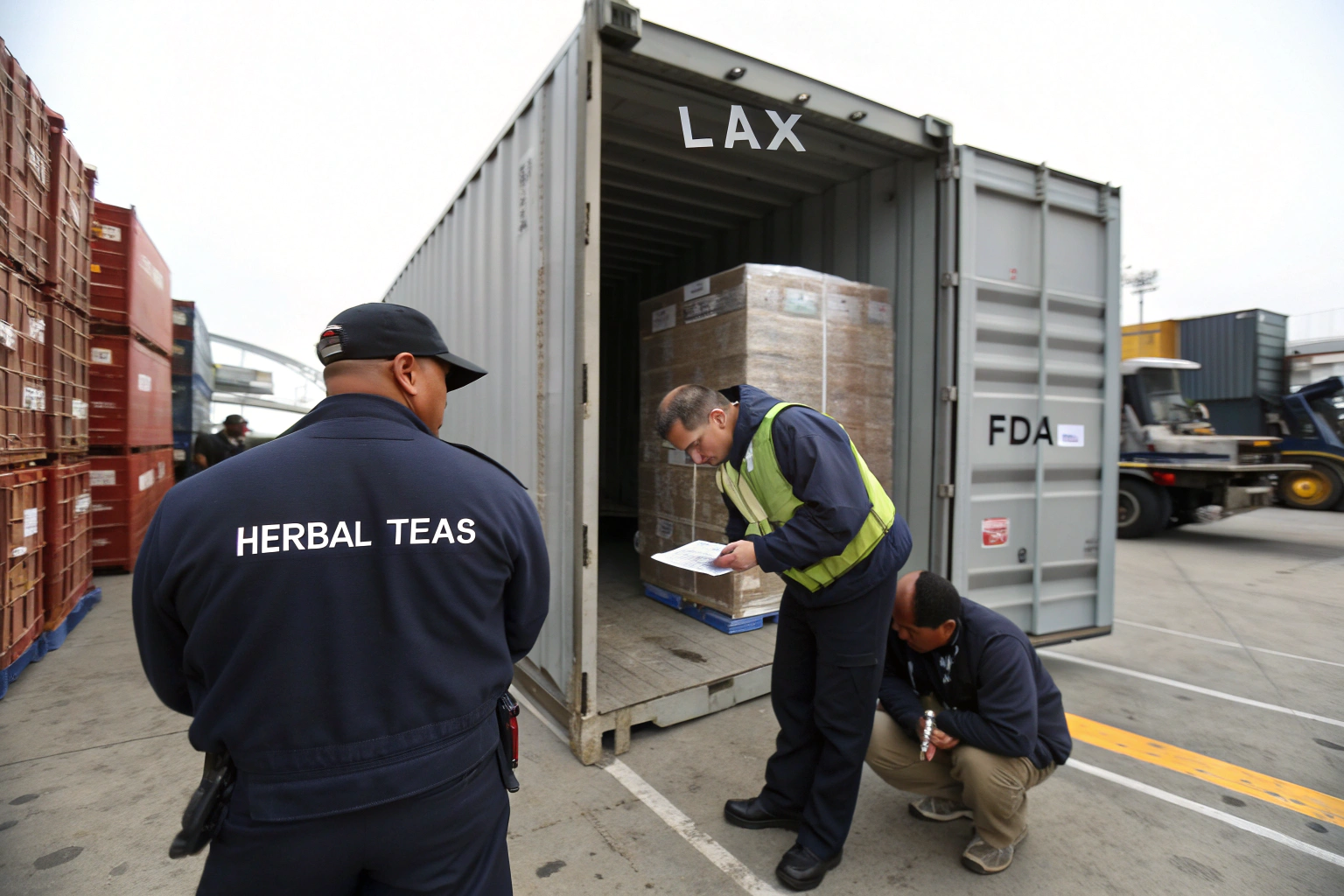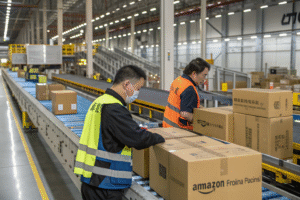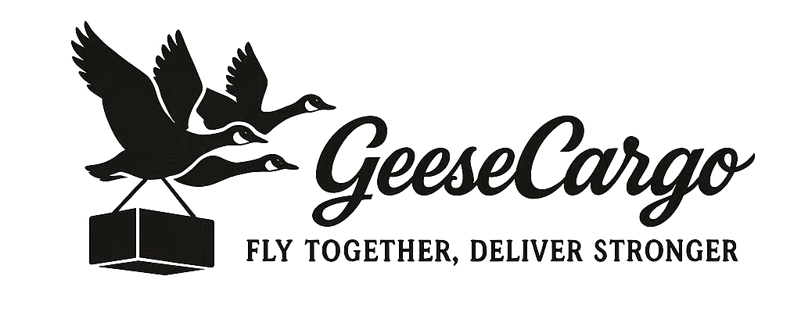When one of our clients had a $75,000 shipment of herbal teas detained at LAX for improper facility registration, I realized how many importers underestimate FDA food regulations. As founder of GeeseCargo with extensive experience in food imports, I've witnessed how strict US food safety standards can seem overwhelming—but systematic compliance prevents devastating losses and builds consumer trust.
Importing food from China requires FDA facility registration, prior notice submission, proper labeling meeting US standards, and compliance with specific food category regulations. The FDA examines 2-3% of all food imports physically and reviews documentation on 100% of shipments, with common issues including improper labeling, unregistered facilities, and missing prior notices.
Food represents one of the most heavily regulated import categories, with multiple agencies establishing overlapping requirements. Understanding this regulatory landscape prevents costly detentions and ensures your food products reach American consumers safely and legally.
What Are the FDA Registration and Notification Requirements?
The Food and Drug Administration oversees most food imports through a comprehensive regulatory framework focused on prevention rather than reaction. Proper registration and notification form your first compliance hurdle.
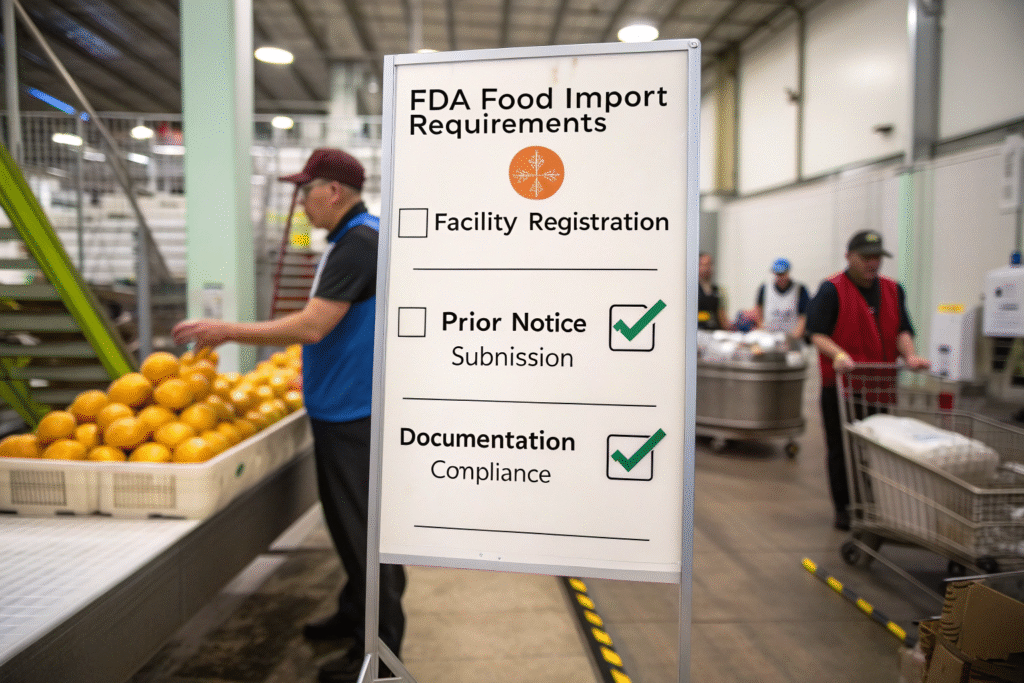
Which Facilities Must Register with the FDA?
Foreign food facility registration is mandatory for any manufacturer, processor, packing, or storage facility producing food for US consumption. Each facility requires a unique registration number that must appear on shipping documents, with registration renewal required every two years.
US agent designation is required for foreign facilities, providing a stateside contact for FDA communications. This agent must be physically located in the US and available during business hours to respond to FDA inquiries promptly.
Exemptions exist for farms, restaurants, retail food establishments, and fishing vessels, but these are narrowly defined. Most facilities processing food in China for export to the US fall squarely within registration requirements.
How Does the Prior Notice System Work?
Prior notice submission must occur before food arrives at US borders—at least 2 hours for truck shipments, 4 hours for air/rail, and 8 hours for ocean shipments. The notice includes detailed information about the article, manufacturer, shipper, grower, and country of origin.
FDA confirmation of prior notice receipt is required before customs clearance. The system provides a confirmation number that customs brokers use to secure release of the shipment, with failures causing automatic holds.
Timing precision is critical—submitting too early or too late both cause problems. The Prior Notice System Interface (PNSI) validates submissions and provides immediate feedback on acceptance or deficiencies.
What Labeling Requirements Apply to Imported Foods?
Food labeling represents the most common compliance failure point for importers. US labeling standards differ significantly from Chinese and international requirements, creating confusion for first-time importers.

What Mandatory Elements Must Appear on Food Labels?
Product identity declaration states the common or usual name of the food. The name must accurately describe the product—"dried shiitake mushrooms" rather than just "mushrooms"—and appear prominently on the principal display panel.
Net quantity of contents declaration in both metric and US customary units must appear on the principal display panel. The specific formatting requirements include minimum type sizes based on package size and placement in the lower 30% of the panel.
Ingredient list in descending order by weight must include all components, including sub-ingredients of compound ingredients. Chemical preservatives, color additives, and major food allergens require specific identification formats.
How Should Allergen and Nutrition Information Be Displayed?
Major food allergen labeling must identify milk, eggs, fish, shellfish, tree nuts, peanuts, wheat, and soybeans using either the ingredient list or a separate "Contains" statement. The Food Allergen Labeling and Consumer Protection Act mandates clear, consistent allergen declaration.
Nutrition Facts panel requirements follow the updated format with added sugars declaration and revised serving sizes. Exemptions exist for small businesses and certain products, but most packaged foods require complete nutrition labeling.
Label language requirements specify that all mandatory information must appear in English. Bilingual labeling is permitted as long as English appears prominently and all required information is included in English.
What Are the Specific Requirements for Different Food Categories?
Beyond general food regulations, specific product categories face additional scrutiny and specialized requirements. Understanding these category-specific rules prevents unexpected compliance issues.
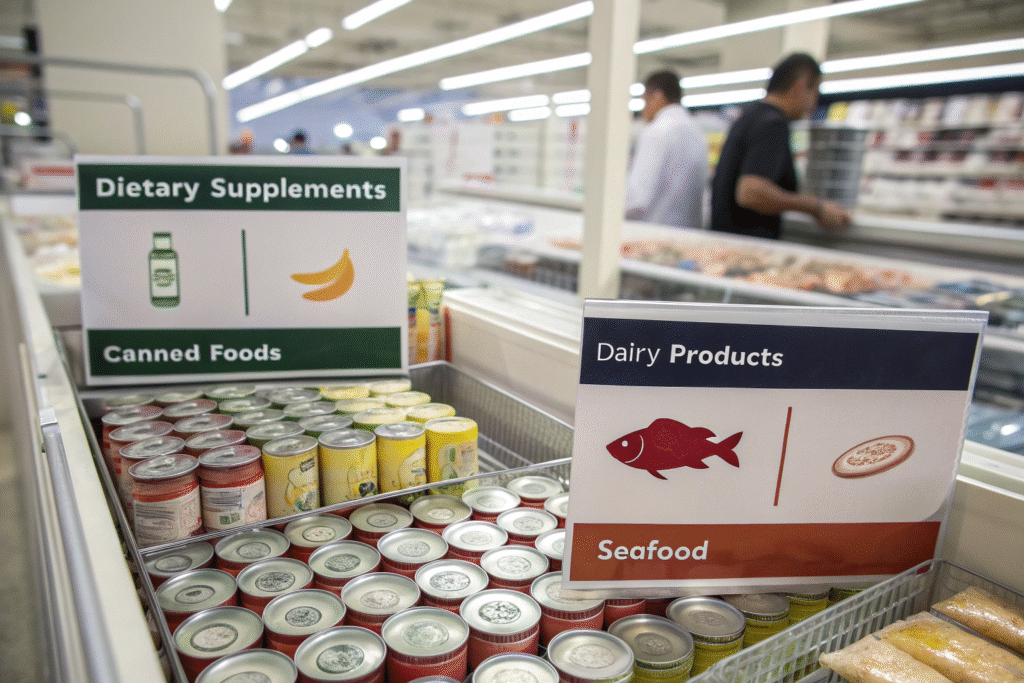
How Do Dietary Supplement Regulations Differ?
Supplement Facts panel replaces the Nutrition Facts panel for dietary supplements, with different formatting and information requirements. The panel must list dietary ingredients present in nutritionally significant amounts and structure/function claims must be substantiated.
Good Manufacturing Practice (GMP) regulations for supplements require extensive documentation of quality control processes. The FDA conducts GMP inspections focusing on identity, purity, strength, and composition verification.
New Dietary Ingredient notifications may be required for ingredients not marketed in the US before 1994. The notification requires safety evidence and must be submitted 75 days before marketing the product.
What Additional Requirements Apply to Animal Products?
USDA oversight applies to meat, poultry, and egg products, requiring additional approvals beyond FDA requirements. The USDA Food Safety and Inspection Service must certify foreign establishments equivalent to US facilities.
Animal and Plant Health Inspection Service (APHIS) permits may be required for certain animal-derived products. These permits prevent introduction of animal diseases and protect US agriculture.
Country-specific restrictions apply based on disease outbreaks and trade agreements. China-specific restrictions exist for certain poultry and pork products, requiring careful verification of current eligibility.
How Does the Import Inspection Process Work?
Understanding the FDA's import screening and examination process helps importers prepare for potential inspections and respond effectively when they occur.

What Triggers FDA Examinations?
Risk-based screening through the Predictive Risk-based Evaluation for Dynamic Import Compliance Targeting (PREDICT) system scores each shipment. Factors include product risk, manufacturer history, shipper compliance record, and country of origin.
Automatic detention criteria include products from manufacturers with previous violations, commodities with known issues, and shipments with incomplete or questionable documentation. Certain food categories face higher examination rates based on historical problem patterns.
Random examinations occur on approximately 1% of shipments as part of the FDA's surveillance program. These random checks ensure comprehensive oversight beyond targeted examinations of high-risk products.
What Happens During Physical Examinations?
Document verification checks labeling, prior notice confirmation, and facility registration. Examiners compare actual products against documentation, paying particular attention to ingredient lists, allergen statements, and nutrition information.
Sample collection for laboratory analysis may test for pathogens, pesticide residues, heavy metals, or undeclared ingredients. The specific tests depend on the product type and known risks associated with the food category or country of origin.
Condition examination assesses whether food was transported under proper temperature control and protected from contamination. Damage, spoilage, or improper handling can result in detention even if documentation is perfect.
What Are the Consequences of Non-Compliance?
Understanding potential penalties helps importers appreciate compliance importance and allocate appropriate resources to regulatory adherence.

What Are the Immediate Operational Impacts?
Import detention stops shipment movement until compliance issues are resolved. The FDA issues a Notice of Detention and Hearing, giving importers 10 days to provide evidence supporting admission or submit a plan for bringing the product into compliance.
Storage and testing costs accumulate rapidly during detention periods. Demurrage, storage fees, and laboratory testing expenses can exceed product value for prolonged detentions, making abandonment the most economical choice.
Destruction or re-export may be required if compliance cannot be achieved. The FDA may require destruction under customs supervision or re-export within 90 days, with costs borne by the importer.
What Long-Term Business Consequences Exist?
Import alerts place companies, products, or manufacturers on automatic detention lists. Once listed, future shipments face automatic detention without examination, effectively banning products from US markets until the alert is resolved.
Reputation damage extends beyond regulatory consequences to consumer trust erosion. Food safety issues become public information, potentially destroying brands and consumer confidence.
Criminal prosecution is possible for intentional violations, particularly those endangering public health. Senior company officials may face personal liability for knowing violations of food safety laws.
Conclusion
Importing food from China requires meticulous attention to regulatory details that extend far beyond general import procedures. The most successful importers treat FDA compliance as an integral business process rather than a logistical afterthought, building relationships with experts and investing in compliance infrastructure.
At GeeseCargo, we've helped hundreds of food importers navigate the complex regulatory landscape, transforming compliance from a barrier to a competitive advantage. The companies that excel begin with thorough research, continue with careful partner selection, and maintain compliance through ongoing monitoring and adaptation.
Start your food import journey by thoroughly researching your specific product category's requirements, then verify your Chinese partners' compliance capabilities before ordering. Remember that in food importing, the cost of prevention is always lower than the cost of correction—both financially and reputationally.
